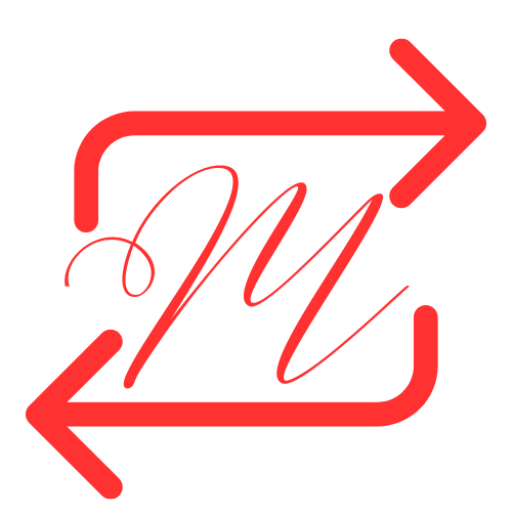Introduction:
One of the most significant problems facing modern physics is the junction of Relativity and quantum mechanics. In their respective fields, Relativity and quantum mechanics have achieved remarkable success. While quantum mechanics describes the behaviour of particles at the microscopic level, Relativity describes the behaviour of massive objects and gravity on cosmological scales. So true!! I studied Relativity and Quantum Mechanics in my final year of undergrad. I want to clarify that out of the total number of courses, there were advanced Math courses, and the remaining six were modules on Applied Mathematics.
Arnold’s Theory About Quantum Physics:
Now Arnold was a real “Giant” of Quantum Physics, introducing new quantum numbers into mainstream Physics and mentoring/teaching many future Nobel Laureates (only J.J.Thomson (1856-1949) taught more). Arnold was fortunate to study courses with the “Great” 20th-century Mathematician David Hilbert (1862-1943), of the 23 problems fame and who had General Relativity within his grasp after Albert Einstein (1879-1955) inadvertently divulged too much to him when he told him about the problems that he was having with the mathematics in the said theory.
David Hilbert I:
Most certainly, Hilbert is not the person one would want to discuss Mathematical issues with whilst racing to the Relativity summit. I visited Gottingen in 2011 and viewed where Hilbert and Gauss once worked. We took photos under the Gauss-Weber statue, but locals didn’t recognize Gauss (1777-1855) as the Prince of Mathematics. Regarding David Hilbert, I would like to relay a real account of almost coming into contact with the Greatness of the past. He played a vital role in the theory of quantum gravity. I chaired a session at a math conference in Romania in 2001. An elderly professor in his 80s, who was unsteady, gave a talk.
Mid-4th century BCE:
He began his talk with a chalk-and-talk approach, discussing a theorem of Euclid from the Elements. I was concerned he might fall over during the presentation. After 15 minutes, I raised the 3-minute card, and he looked at it. Well, 10 minutes later, he was still discussing the theory without any sign of stopping. The other professors nodded and said, “Let him carry on, don’t worry yourself”. After his talk, I asked why he was allowed to do it; the news I got shook me. “He’s a special professor who worked with David Hilbert, so we give him free rein.” Relativity describes spacetime as a continuous and seamless fabric. At the same time, quantum mechanics introduces distinct and probabilistic states.
Theory of Topology and Graph Theory:
Returning to Somerfield, he continued his career in Konigsberg and no doubt that we have all heard of the seven bridges problem that Euler (1707-1783) solved (negatively), giving rise to the theory of topology and graph theory.
Conclusion:
Physicists are progressing in quantum gravity research through interdisciplinary work, theories, and experiments. The quest for a grand unifying theory can revolutionize our understanding of reality and boost technological progress. One of the most captivating and ongoing scientific endeavours in history is the effort to reconcile Relativity with quantum mechanics.


